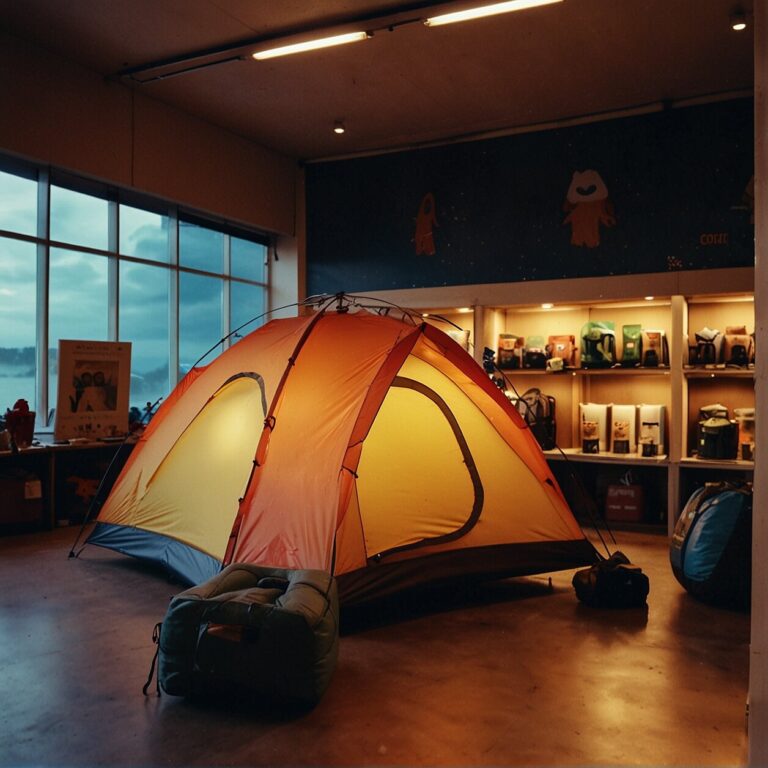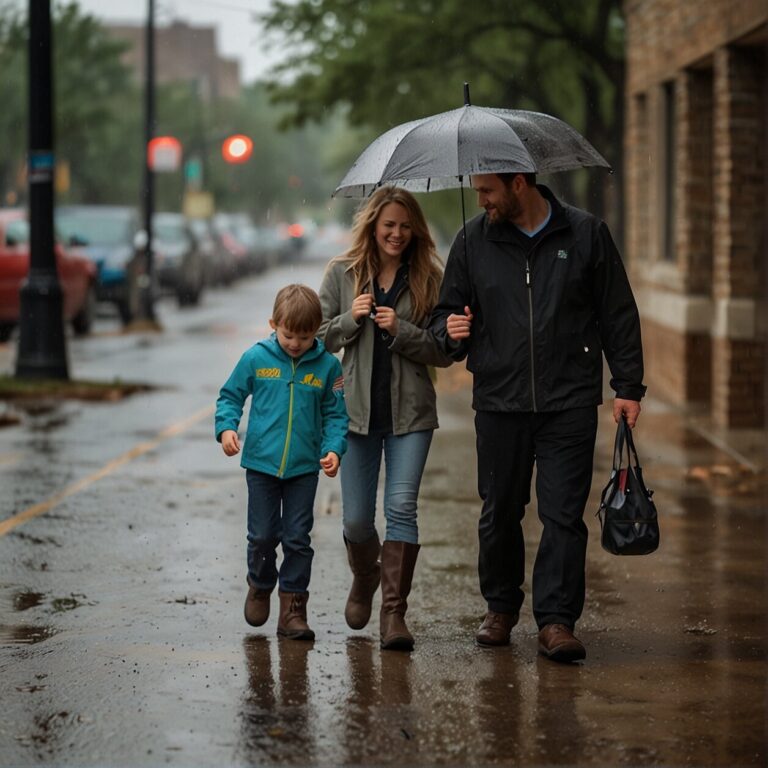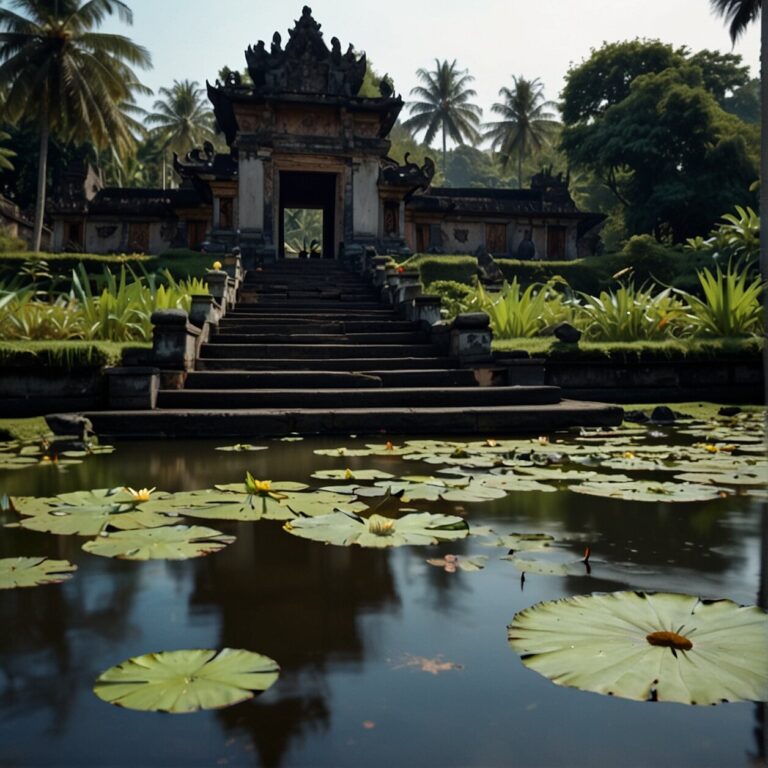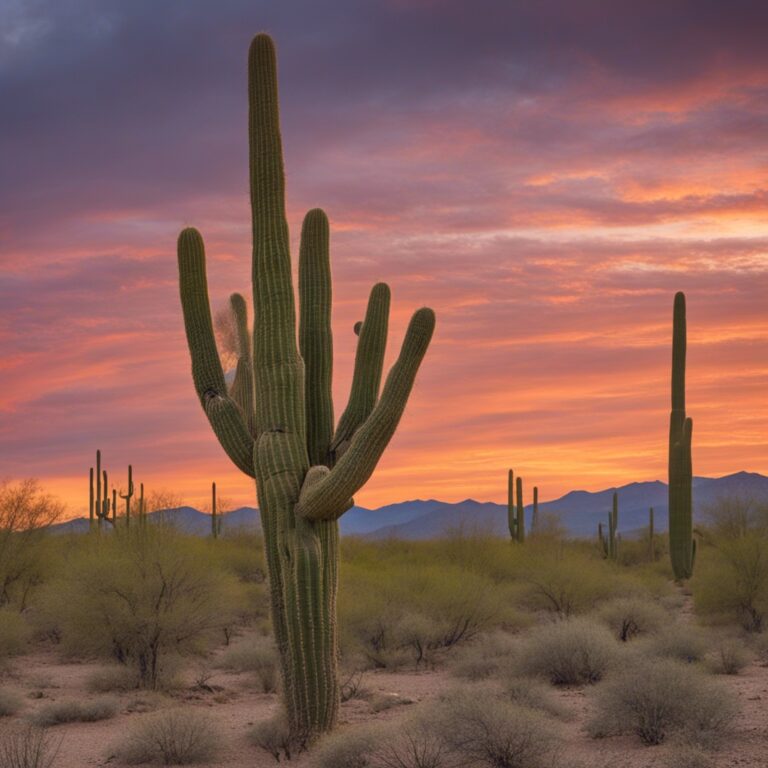Slow Travel: A Sustainable Approach to Exploring New Destinations
the city on foot or by local transport. Remember, slow travel isn’t about luxury, it’s about experience.
Slow travel also encourages personal development and growth. As there is more time for introspection and observation, travel becomes a transformative adventure. So, next time you’re planning a vacation, allow yourself to relax, engage, and explore through the lens of slow travel.
Are you feeling exhausted from living life in the fast lane or from brief, superficial tourist trips? Consider immersing yourself in the enriching philosophy of slow travel – an approach that encourages travelers to take a step back, to soak up the culture, savour each moment, and truly connect with the places they visit.
The essence of slow travel is not merely seeing different places, but experiencing them in a profound and meaningful way.
Throughout this guide, we’ll delve into the foundation of the slow travel movement, understanding it’s environmental footprint, exploring how it nurtures rich, meaningful connections, and guiding you on how to plan your own slow travel adventure. The goal is simple: help you experience more with less, embracing the slow travel mantra.
- Understanding the Essence of Slow Travel: Learn what slow travel really means, and how it differs from traditional tourism.
- The Environmental Impact of Slow Travel: Discover how this style of travel can benefit the planet.
- Nurturing Deep Connections Through Slow Travel: Understand how slow travel fosters meaningful relationships with locals and a genuine appreciation for their culture.
- Planning Your Slow Travel Adventure: Tips and guidance on how to successfully plan your immersive travel experience.
- Experience More with Less – The Slow Travel Mantra: Delve into the art of experiencing more by consuming less in the realm of travel.
Understanding the Essence of Slow Travel
At its heart, slow travel is about fully immersing yourself in a destination, rather than rushing through a checklist of tourist attractions. It’s the difference between scratching the surface and going deep, really embedding yourself in the culture, traditions, and everyday rhythms of a place.
Think about it this way: In regular travel, you may find yourself ticking off the major landmarks and sights, only briefly stopping in each city. But with slow travel, you get an opportunity to see beneath the usual tourist veneer. You chart your own path, engage with locals, learn their language, taste home-cooked meals, and maybe even participate in their daily practices. It’s a form of travel that prioritizes experiences over sightseeing, and connection over consumption.
Slow travel isn’t simply a way to travel; it’s a mindset. It challenges you to take a step back from your fast-paced life and mindfully soak in your surroundings. It’s about appreciating the journey as much as the destination. Rather than packing your itinerary to the brim, slow travel encourages you to leave space for spontaneity, for those unexpected moments that often turn out to be the most memorable.
Regardless of the destination or mode of travel, the essence of slow travel remains the same: embracing new experiences and finding joy in the journey, one slow, thoughtful step at a time.

The Environmental Impact of Slow Travel
As a conscious traveler, you’re probably already well-aware of the potential environmental toll tourism can take. Traditional travel methods are considered responsible for significant carbon emissions – just think about those long-haul flights or the gas-guzzling road trips. But the slow travel movement, by its very nature, helps to reduce the environmental footprint.
Consider the reduction in carbon emissions when you swap a series of short-stay locations (and the inevitable flurry of flights and car journeys in between) for one longer stay in a single location. By choosing to travel slower and stay in one place longer, you’re using fewer transportation resources. Not to mention, it offers a chance to support local economies, and identify and choose more sustainable options for accommodation, food, and activities in your chosen destination.
When you slow travel, you also tend to consume less. You’re not in a rush to tick off the tourist hotspots, purchase unnecessary souvenirs or eat on the go from quick but unsustainable food options. Instead of rushing from one fast food outlet to the next or buying plastic-bottled drinks on the go, you can savor local, fresh food in the market, cook at your rental apartment or refill a water bottle from a safe source.
Slow travel also encourages a more ‘leave no trace’ approach. Staying longer in one place gives you a chance to understand and respect local customs and environmental conservation efforts. Instead of rushing by, contributing to pollution and waste, you have the opportunity to live more like a local, respect public spaces, recycle and reduce waste, preserving the beauty and integrity of the places you visit for future generations.
So it’s fair to say, slow travel not only limits your carbon footprint and overall environmental impact, but it also allows you to make more responsible and eco-friendly decisions. That way, you can be sure that your travels are contributing to a more sustainable and equitable world.
Nurturing Deep Connections Through Slow Travel
Imagine not just skimming along the surface of a tourist hotspot, but really getting to know the heart and soul of your destination. That’s slow travel, and it’s all about immersion.
The tendency with conventional travel is to hustle from one landmark to another, ticking off a checklist of must-sees. While that’s an experience on its own, it’s not the most enriching way to connect with a place or its people.
So, how can you practice slow travel to build these deeper connections?
Live like a local. Instead of secluding yourself in a hotel room, try staying in a neighborhood apartment or guest house. Cook your meals from local, seasonal produce picked up in the market. People-watch at a cafe. Take the bus or cycle around town. By living like a local, you can understand the social fabric of a place in a way that a regular tourist wouldn’t.
Participate actively. Don’t watch from the sidelines – jump into experiences. Participate in local customs and traditions, learn a few local phrases, eat local food. More often than not, it’s your active participation that opens doors to genuine connections.
Be present. This might be the most significant piece of advice for slow travellers. Take the time to really connect with the place you’re visiting. Rather than retreating behind a camera lens, immerse yourself in your surroundings. Listen to the sounds, take in the smells, feel the textures. You’ll find this kind of connection far more rewarding than any photo.
Overall, slow travel opens your eyes to a completely different kind of travel experience. It urges you to break free from the rigid travel itineraries and to navigate your journey at your own pace, creating opportunities for memorable connections along the way.
How to Plan Your Slow Travel Adventure
Now that you’re contemplating a slower, more mindful approach to traveling, you may be a bit puzzled about how to proceed. Fear not, because we’re going to guide you step by step. First, you need to set your intentions. Identify \why\ you’re drawn to this idea of slow travel. Is it to reduce your carbon footprint, immerse yourself in a different culture, relieve stress from fast-paced city life, or all the above?
Once you understand your motivation, it’s time to choose your destination carefully. Slow travel isn’t about ticking off popular attractions. Instead, picture yourself in a place where you’ll enjoy lingering, where the culture, scenery, or people resonate with you. This might be a small countryside village, a vibrant city with deep cultural roots, or even a remote island.
Next, consider your accommodations. Choose places where you’d feel at home, because, in essence, you’ll be making it your home for an extended period. Rent small apartments, cozy cottages, or rooms in local guesthouses. These foster a sense of belonging and offer the opportunity to engage with the community.
Lastly, don’t over-plan. Have a flexible itinerary that leaves room for impromptu experiences. Give yourself space to explore local markets, celebrate surprise community festivals, or just lay in the park on a sunny afternoon. Remember, slow travel is about savoring the journey more than the destination and learning to embrace the unpredictable.
Fascinated? Well then, let’s continue our exploration of slow travel.
Experience More with Less: The Slow Travel Mantra
Let’s delve deeper into this intriguing concept, shall we? When we talk about embracing the slow travel mantra, the idea of ‘experiencing more with less’ comes to the forefront.
The slow travel approach encourages you to fully immerse yourself into a fewer number of locations, rather than scraping the surface of many. It’s about swapping out the harried itinerary of ’10 cities in 10 days’ for a more thoughtful exploration of a single place. When you consciously decide to limit the number of places you visit, you allow yourself the necessary time and space to truly connect with the location, culture, and its people.
You might be thinking: How can doing less help me experience more? The answer is quite simple. By reducing the pressure to see everything, you create a meaningful and authentic travel experience. Instead of zipping from one tourist spot to another, you can wander off the beaten track, have long, unhurried conversations with locals, consume regional cuisine, and get a firsthand understanding of the local customs and practices. This novel approach allows you to gain an intimate understanding of the place you are visiting, thereby enriching your travel experience.
This type of travel doesn’t require a hefty budget, extravagant accommodations, or luxurious transportation. Rather, it thrives on simplicity and sustainability. You might find joy in a cozy homestay nestled in the heart of the city you’re exploring, delight in the local food from a street vendor, or traverse
Conclusion
Embracing the slow travel movement is not just about chilling out or extending your vacation. It’s a richer, more immersive way of experiencing the world around us. When you choose to travel slower, you give yourself the space to wander off the beaten path, to delve deeper into local cultures, and to genuinely connect with the people you meet along the way.
Your journey might not be plastered with iconic landmarks or jam-packed with activities, but it will be filled with meaningful experiences that leave a lasting impression. It’s about letting go of the obsession with seeing and doing everything, and instead giving yourself permission to simply be. You may not cover as much geographical ground, but the ground you do cover will feel more vibrant, real, and truly unforgettable.
Not to mention, slow travel is an excellent way to lessen the environmental impact of your adventures. You’ll be making a conscious decision to reduce the footprint you leave, opting for sustainable transportation methods and indulging in local, ethically-sourced food. At the same time, you’re supporting smaller, local businesses that truly appreciate your custom, rather than big tourism corporations.
So, the next time you plan a trip, why not consider slowing down and embracing the slow travel movement? Ditch the checklists and itineraries and instead, take the time to immerse yourself and truly connect with your surroundings. It could transform the way you see the world, and who knows, perhaps even the way you live your life.







